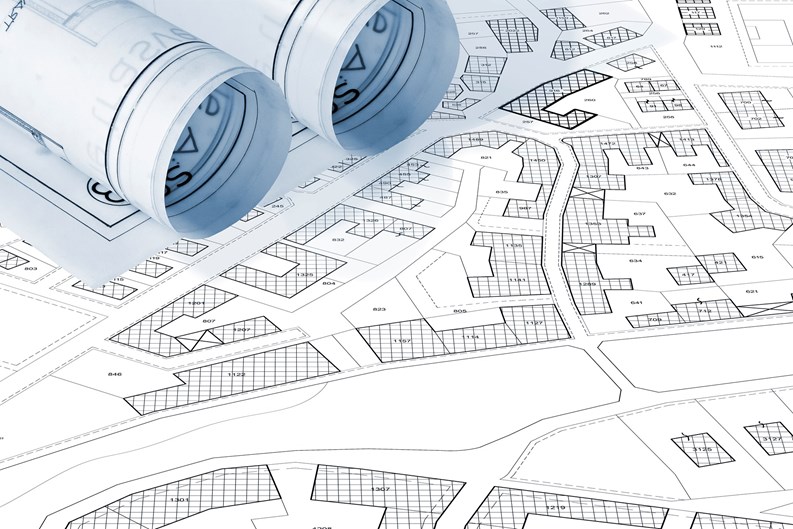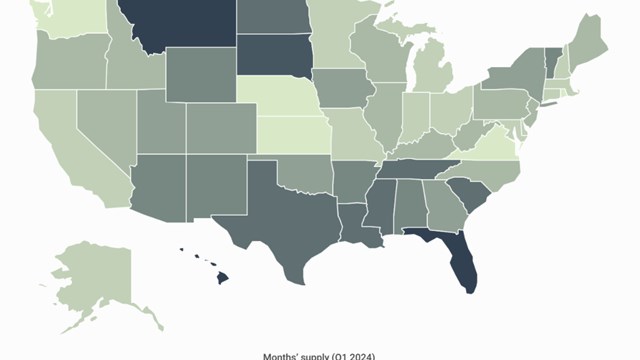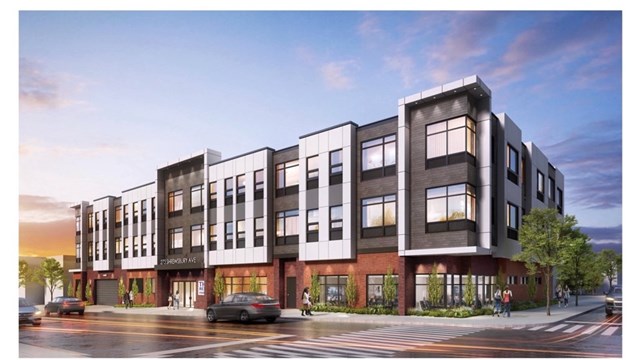In New York City, certain cooperative apartment buildings can receive substantial revenue by selling unused air rights. While potentially very lucrative, capitalizing on these opportunities requires navigating unique challenges, from antiquated governing documents to tax consequences, mortgage lender consent, and temporary construction access.
What Are Air Rights?
In NYC, air rights—sometimes called development rights—refer to a property’s unused building potential; the area that a given zoning district permits, but hasn’t been built on. In densely populated cities like New York, where horizontal expansion is limited, the vertical dimension becomes a valuable resource. In certain circumstances, property owners can sell, transfer, or merge their air rights to allow developers to build taller or larger than their own zoning regulations would otherwise allow.
Utilizing air rights is not as simple as adding an extra story to an existing building, and there are many scenarios in which selling or transferring air rights simply isn’t an option. For example, historic preservation ordinances or landmark designations protecting the character and integrity of a given building or neighborhood may preclude air rights transactions, as can environmental concerns. Community opposition to certain types of development can also present hurdles.
Air Rights Transfer Basics
Absent the abovementioned preclusions, in a typical air rights transaction, adjacent properties combine their air rights for higher-density construction through a zoning lot merger. For example, two neighboring owners with lots that each have 100,000 square feet of air rights could agree to a zoning lot merger that gives them 200,000 square feet of collective rights. They could then agree to an air rights transfer that sends 50,000 square feet from one site to another, leaving one with 150,000 square feet of development potential, and the other with 50,000 square feet.
Implications for Co-op Buildings
Co-op shareholders hold shares in the cooperative corporation that owns the building they call home, rather than owning a portion of the property directly, as one does in a condo or single-family home. Any transaction must comply with the co-op’s governing documents, which, particularly in some older buildings, may not address air rights. Accordingly, in some cases amendments and/or a special shareholder meeting may be required to obtain approval for a transaction. Any time a vote of shareholders is required to proceed, it’s always possible for factions to form among shareholders that may or may not have the best interest of the corporation as a whole in mind. For example, shareholders sometimes conflate an air rights transaction with their feelings about new construction next door and/or “not in my backyard” (NIMBY) concerns. New development is governed by zoning, of course—not by votes of shareholders, who do not have such jurisdiction.
Tax Implications
Selling air rights can have significant income tax consequences for a co-op—that’s in addition to transfer taxes and/or other closing costs, which would also be payable. A co-op is generally a taxable corporation, so any gain it recognizes on the sale of air rights would be subject to federal, state and local income taxes. Gain is calculated by reducing the sales price by the amount of tax basis that the co-op has for the air rights. Generally, that basis is the total basis for the co-op’s real estate multiplied by a fraction equal to the fair market value of the air rights over the total fair market value of the real estate. Below are examples of potential approaches to managing the taxes arising from such a sale:
Option 1: Pay the Tax, Distribute What’s Left
Provided that a co-op’s governing documents permit the distribution of profits to the shareholders, and the co-op takes no action to defer taxes, it will owe federal, state, and city taxes on an air rights sale, with an effective tax rate around 35%. For example, assuming a nominal tax basis, a $6 million sale would result in $2.1 million in taxes, leaving $3.9 million for distribution. The shareholders would then pay additional taxes of about 30%, leaving them with $2.73 million after taxes, for a total tax cost of $3.27 million (54.5% effective tax rate).
Option 2: Pay the Tax, Keep What’s Left in the Company
Alternatively, the co-op could retain the after-tax proceeds to generate income or fund building expenses. Assuming a 5% return, the co-op could earn around $195,000 annually, or $16,250 per month. After taxes, this would provide $10,560 monthly, which could reduce maintenance fees or fund repairs. Presumably, this alternate source of income for the co-op, and the lower maintenance charges, would enhance the value of the shareholders’ units.
Option 3: Defer the Tax, Invest in a 1031 Exchange
The co-op could opt to defer the tax by reinvesting the proceeds in qualifying replacement property under a 1031 Exchange. This would allow the co-op to avoid taxes on the sale and generate income from the new property. Assuming a 5% return on $6 million, the co-op could earn $300,000 annually, which would provide $16,250 per month after taxes, potentially reducing maintenance fees even more than in Option 2.
Option 4: All or Some of the Above
The co-op could reinvest a portion of the proceeds in a 1031 Exchange, retain a portion in cash, and distribute the rest to shareholders.
The co-op may also consider electing S Corporation status to avoid corporate-level taxes, though this benefit is not available with respect to built-in gains on appreciated assets that are recognized within five years after the election. The best tax strategy will depend on a co-op’s financial condition and shareholder preferences.
Mortgage Lender Consent
Mortgage lenders often have a significant stake in any air rights transfer. Under New York City’s Zoning Resolution, zoning lot mergers require waivers from all “parties in interest,” including mortgagees of the sending and receiving sites. Lenders are a classic example of parties in interest, because mortgage collateral often includes air rights. To consummate a zoning lot merger, a borrower typically needs to secure (1) a waiver of the lender’s “party in interest” status under the Zoning Resolution, (2) the lender’s consent to the borrower’s Zoning Lot Development Agreement (ZLDA), and (3) a subordination of the mortgage lien to the ZLDA. This means that the lender’s lien on the property would be subordinated to the new agreement, allowing the air rights to be transferred.
Particularly in the context of a co-op, standard form loan documents do not require the lender to entertain the borrower’s request for consent to a sale of air rights. While some lenders may cooperate if the remaining collateral would be sufficient after the air rights are released, other lenders may be less cooperative. We have seen a range of outcomes from principal paydown as a condition of consent, to lenders that refuse altogether, perhaps preferring that the co-op simply repay the loan at the air rights closing. Accordingly, co-ops with unused air rights that are seeking new mortgages would be well served to obtain lender consent in advance at loan origination, to prevent the lender from having the ability to obstruct any future air rights sale.
Temporary Construction Access
Air rights transactions are typically conducted between immediately adjacent neighboring properties (which may even be touching each other). There is a long list of reasons why the air rights buyer/licensee must access the property of the seller/licensor during the course of a construction project, starting with demolition, excavation and superstructure construction, and for the installation of monitoring equipment and temporary safety measures, just to name a few. To facilitate such future access in advance, and to prevent the seller from obstructing the buyer’s project after the air rights payment has already been made, the buyer will typically require a comprehensive temporary construction license agreement at or before the air rights closing.
The co-op may want to consider granting access only to areas under the co-op’s control–typically, that means the exterior and common areas of the building, including hallways, lobbies, and staircases, as well as any areas needed for utility hookups, structural work, or related activities. Depending on the terms of the co-op’s governing documents, individual shareholders can maintain exclusive control over their private spaces, including apartments, terraces, roofs, and airspace. Depending on the configuration of the building, some shareholders—those with a terrace, roof, or airspace, for example—may be disproportionately impacted by the proposed access license. In these cases, the co-op may want to require that the developer obtain individual shareholder consent for any access to these spaces.
Conclusion
Transferring air rights can be a boon to co-op shareholders by reducing their costs and increasing the value of their shares; however, such transactions require careful consideration of the many complex legal, financial, and practical elements involved, so it’s crucial for boards and their constituents to work with trusted legal and financial counsel, weigh their options, and make the decision from a prudent, well-informed position.
Michael A. Smith, Robert Huberman, and Louis Tuchman are partners at Herrick Feinstein LLP, a full service law firm based in New York City. Learn more at herrick.com.










Leave a Comment